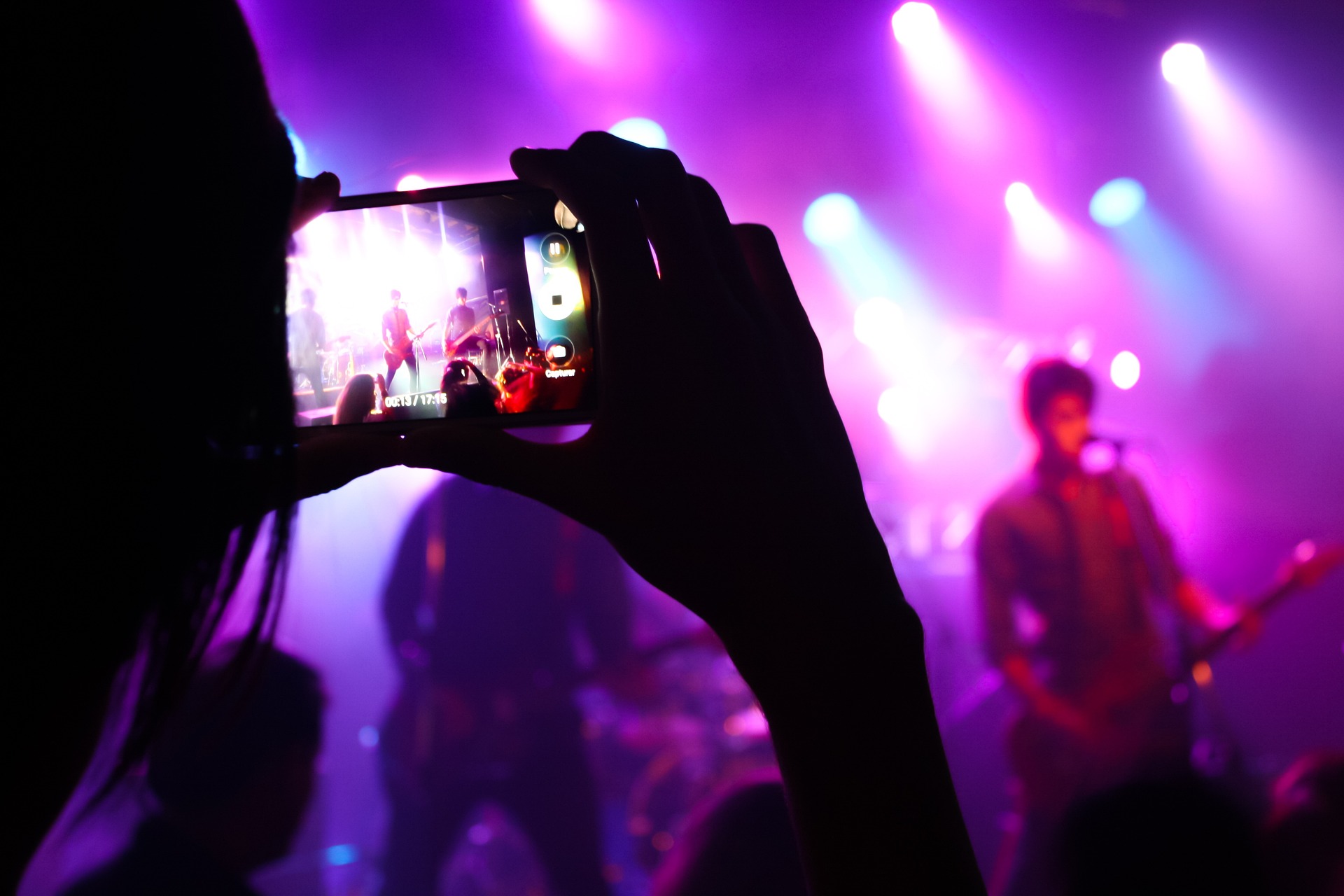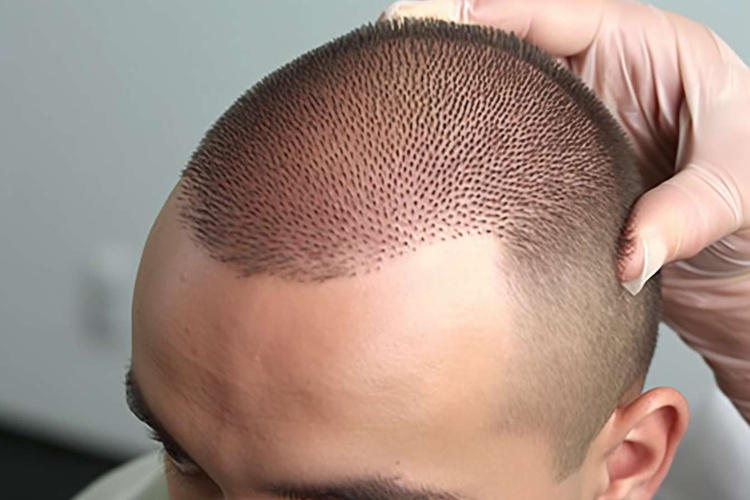Pioneering Visions: The Rising Influence of Virtual Reality in Performing Arts
Virtual reality (VR) has been steadily creeping into our lives, from gaming to education, and now it's making a significant impact in the performing arts industry. With its immersive capabilities, it is revolutionizing the way we experience art, creating a new realm of possibilities for creators and audiences alike.

The Dawn of VR in Performing Arts
The integration of VR technology in performing arts is relatively recent. In the late 20th century, the concept of virtual reality was purely the stuff of science fiction. However, with advancements in technology, the use of VR in performing arts began to take shape in the early 2000s. Early adopters used it to enhance traditional performances, adding another layer of experience for audiences. Over the years, it has evolved from a novelty into a formidable tool for artistic expression.
The Current State of Affairs
Recently, VR has made significant strides in the performing arts. The limitations imposed by the COVID-19 pandemic have accelerated its adoption, with many theatres and performance troupes turning to VR to keep their doors open, albeit virtually. Audiences can now enjoy performances from the comfort of their homes, experiencing the magic of the stage through their VR headsets.
Impact and Reception
The impact of VR on performing arts has been transformative. It has opened up new avenues for creativity, allowing artists to transcend physical limitations and explore innovative narratives. It has also democratized access to performing arts, making performances accessible to people around the world, regardless of geographical boundaries. While some purists argue that VR can never replicate the intimate connection of live performances, most agree that it brings a unique, immersive experience that adds to the richness of the art form.
Looking Ahead
As VR technology continues to evolve, we can expect its influence in performing arts to grow. Artists will undoubtedly find new ways to harness its potential, pushing the boundaries of what is possible in performing arts. Meanwhile, audiences will become more accustomed to this new mode of experiencing art. While the future of VR in performing arts is still unfolding, its potential is undeniable and its impact, already profound.
This exploration of VR’s integration into performing arts provides an insightful look into an emerging trend that is reshaping the industry. As we continue to navigate these exciting developments, it’s clear that VR is here to stay, marking a new era in artistic expression.




